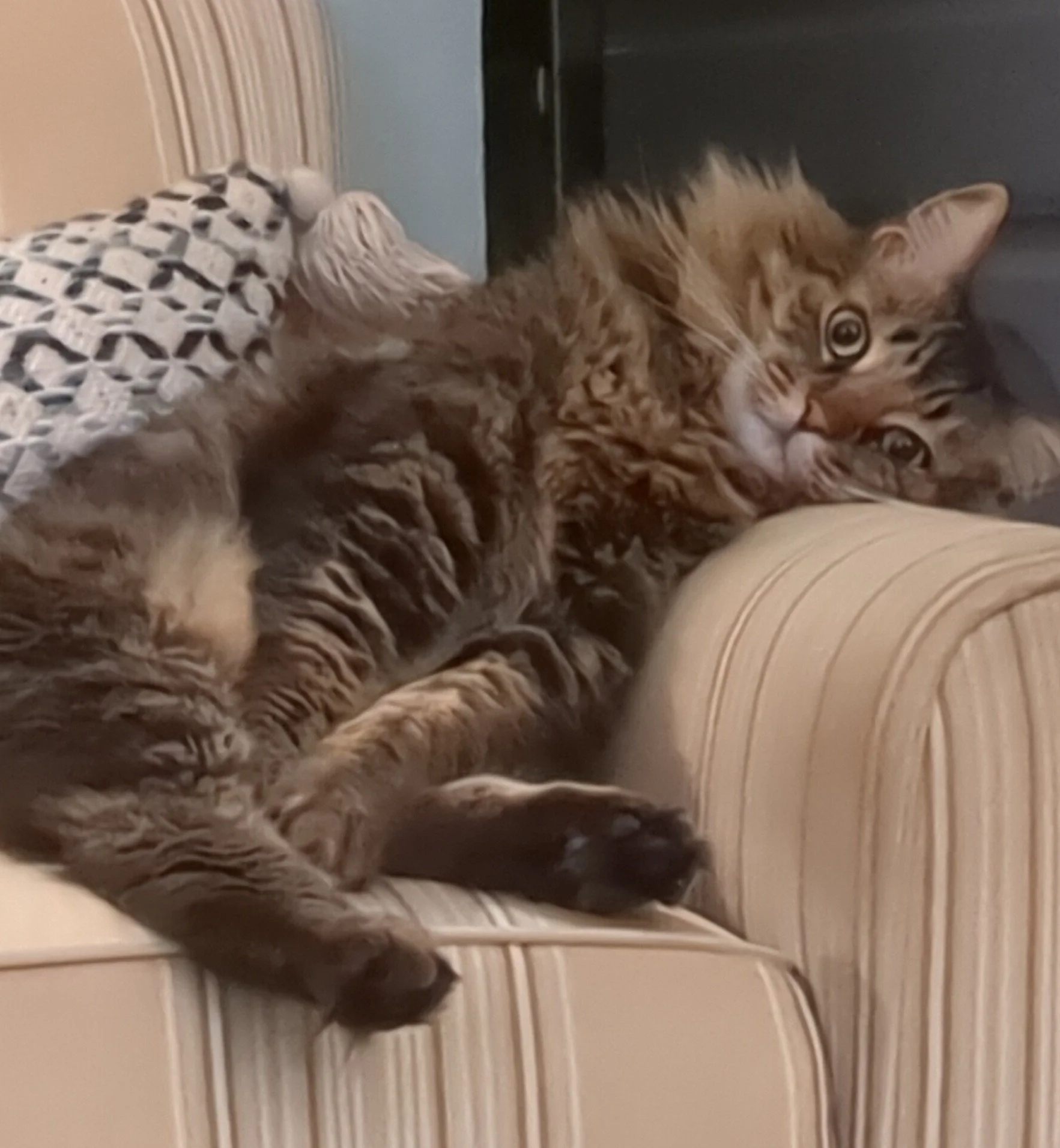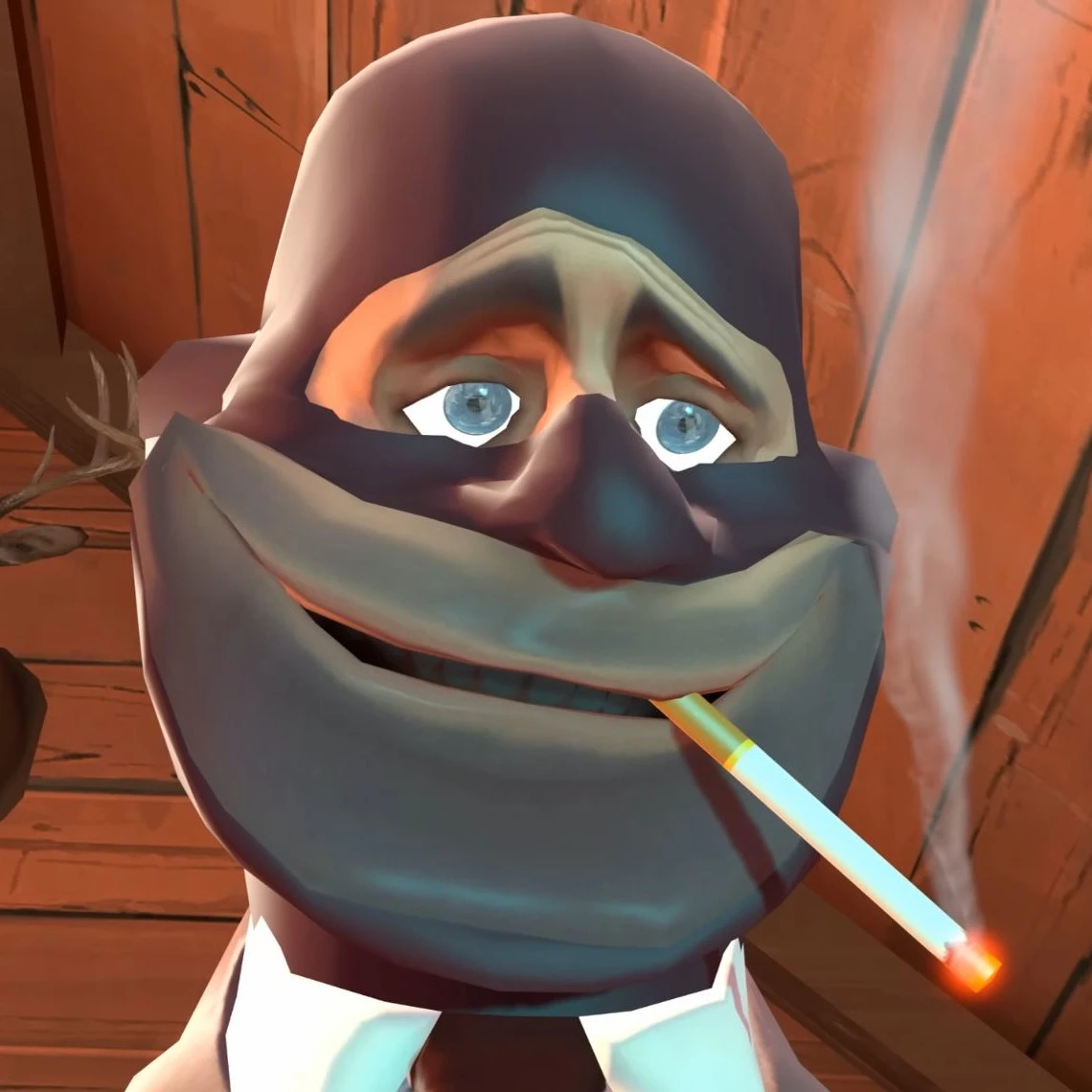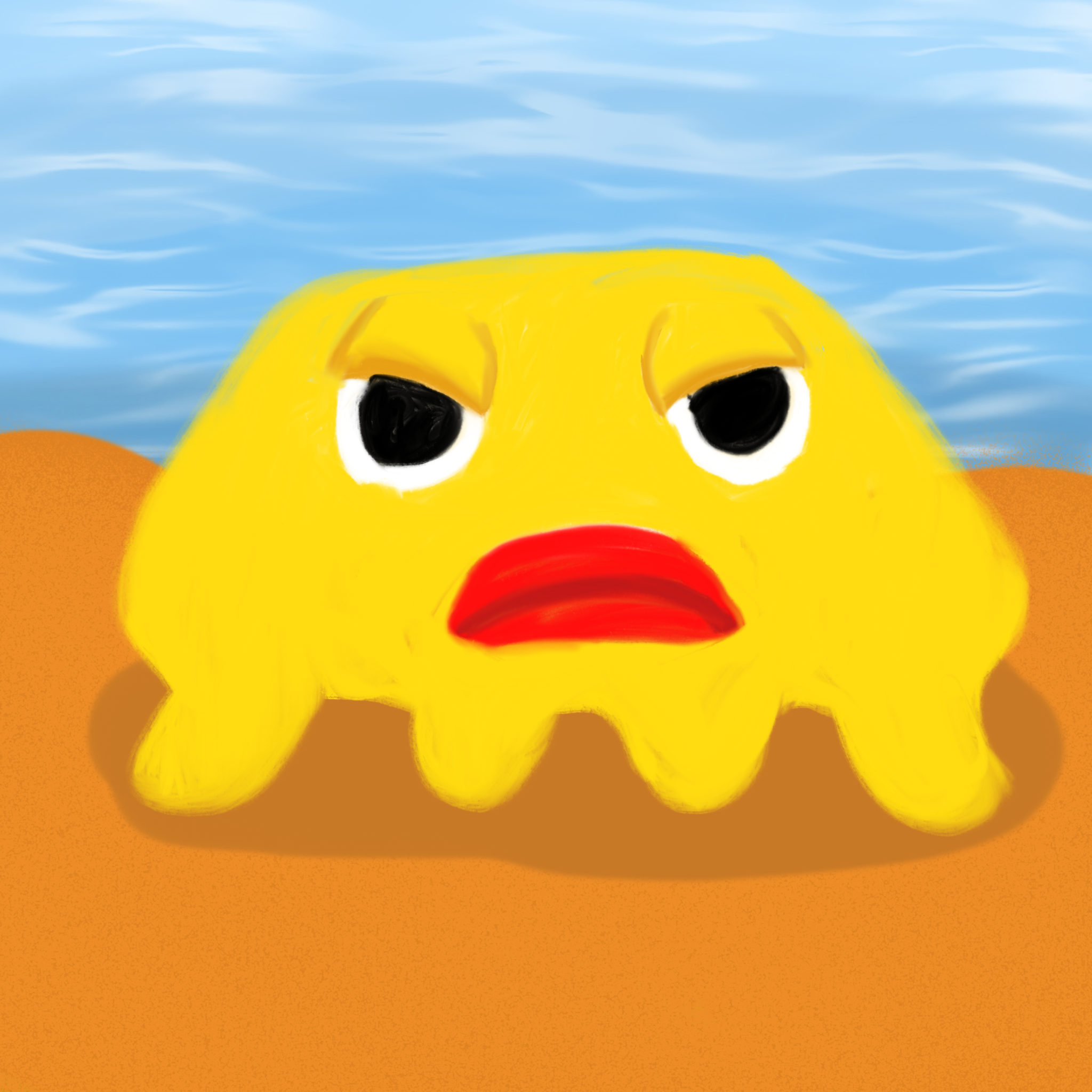I’m looking to start keeping hardware for prints that need additional parts to complete them. A Pi case that I printed needed screws that I don’t have on hand and needed to go searching for some.
It got me thinking to keep a container of stuff ready that would get used often, but I don’t really know what to keep on hand. What do you have readily available?
I have a pack of M2-M5 screws + nuts + washers thats come in handy. Also, heat press inserts (if you have a soldering iron) can really help clean up designs. Again, I just have a M2-M5 pack with various lengths, and I think it even came with the soldering iron tips for each insert size.
I’ve had trouble finding Metric fasteners in my local hardware store, so I just buy variety packs online. Also, most 3D prints Ive run into use Metric sizes, with the occasional 6-32 screw here and there.
Zip ties are nice if you mess around with your printer or work on electronics (cable management).
M2, m3 and m5 bolts of various lengths,
The inserts and a tap. For weak connections, instead of the insets, I just tap out the hole.
Other hardware I keep on hand are wiring and soldering, resistors and other vitamins, smooth rods (for making pins, etc).
Mostly I buy what I need as i need it but things like electronics components, they tend to be more less bulk buys.
I wasn’t sure about what type of screws to get. I haven’t printed off enough that need them to know quite yet, but not having any also has held me back from printing those things.
I was thinking about springs, but it seems like there’s just too much variety to really keep much on hand.
@KroninJ @joemansmoke oh and a set of files can be useful as well.
https://www.screwfix.com/p/magnusson-needle-file-set-5-1-2-6-pcs/4474vI just picked up a set a few weeks ago. Game changer for sure.
With springs, you might be able to substitute a print-in-place option.
Or keep the springs from retractable pens. If you end up with a project that needs one, you might have the right size…
I have also seen some designs that use a rubberband to do something similar.
Just a couple of ideas, that might be useful.
Thanks for the idea! Will have to pick up an assortment of rubber bands.
I’ve saved some springs from dead lighters, but I don’t know if they will get much use.
I have a box of 8mm round x 3mm thick neodymium magnets and a box of 8mm round x 1mm thick neodymium magnets. Originally, I got the 3mm thick ones for a print I got of thingiverse and then the 1mm thick ones for some stuff I waned to do. Overall, I use the 1mm thick ones more. But the 3mm ones are nice when I want a solid connection. That they are 8mm in diameter is probably less important than just having standard sizes I can design around. So, I’d say have some standard magnets you can design around. The exact sizes are probably less important; but, knowing you have them, you can plan for them.
This is most of mine, at least on the metric side. M3 variety is most critical and gets replenished most often.

Screws, nuts, nylock nuts, wing-nuts, and washers in size 6 thru 10 and 1/4". (I am American, use your equivalent metric sizes)
Sand paper in 180 and 320 grit.
Plastic razor blades for separating stubborn prints from your substrate or cleaning up flat support surfaces. example
Dental picks are a nice plus too for support or print strings in small holes.
DIN912
DIN 7991
small plastic screws
square nuts
GB91 (split pins)
aluminium or copper tape (grounding/EMI-shield)
conductive foam (EMI grommet)
plastic glue (solvent) & cyanoacrylate
I personally prefer DIN 7380 over DIN 912 aesthetically, but of course 912 has superior mechanical properties.
7380 do come in handy as you can buy them with a spring washer and washer pre-installed.
If I care about aesthetics I use the DIN 7991 and dial in the tolerances to get it flush.
You can only keep so much hardware before it just becomes disorganized. I have a variety of screws and nuts from M2 up to about M6, as well as some Imperial sizes as well. A few different lengths.
I usually don’t bother with threaded inserts too much and instead just tap the plastic itself. Obviously it depends on what the part is being used for.
The reality is that it shouldn’t be a surprise what hardware you need after the print is done because 95% of the stuff I print is stuff that I design myself, so if I know I have 1/4-20 screws that are 1/2" long, then that’s what I will design the part for so I’ll have them ready to go when the print is done.
I’m always torn between metric and imperial hardware because inch sized screws are cheaper and easier to get locally (Home Depot, etc), but metric and imperial are basically equally easy if I get it from Amazon. Then there’s McMaster with the biggest selection but it’s spendy.
I really liked using heat set inserts but it was a bit of a learning curve to design for. I’ve used m2.5 to m4 and would definitely recommend going for bigger screw sizes if your part can allow it. I’ve had issues with plastic getting into the small sizes and semi ruining the threads
I got m3 (still using first batch of 50) and had 0 problems. I made 4x4 mm square hole (since I was printing it on the vertical wall) and it was perfect fit. After that I tried 3.8, 3.9, 4.1 and they all seem good. Insert outer diam is 4.6 mm and holes are always bit smaller when I print them like that. Maybe its also about the shape of insert or soldering iron tip, or Im just lucky hehe
Agree with most comments here, but Ill make my list of good-to-have tools: callipers, Xacto knife, utility knife, set of files, deburing tool, set of tweezers, dremel, soldering iron, electric screwdriver, quality ca glue.
For consumables (screws, magnets, etc.) get few sizes of zip ties and then everything else just buy when you need. But buy bigger amounts and maybe some extra size so you have something available for future projects. M3-M6 fits fine in size/strength range of common 3D printed parts, but even if you stick to M3 screws/nuts only, the list is huge enough to defeat idea of buying something you dont know you will ever use. M3x12 DIN7991 is not rly usefull if you need M3x12 DIN912 and they both suck if you need 20 mm length. And then there is stainless steel, black, zink plated and even more options. But yeah its nice to have different types and size of screws, nuts, washers, neoudium magnets, ball bearings, jumper cables, connectors, heat inserts, double sided adheseve tape, velcro tape, paint,…actually it would be nice to live in bauhaus 😜
Jumper cables pretty useful with 3d printing? XD
Well when I google that its not what I meant lol. Anyway, my point was something else, but made me laugh hehe
I use M4 button cap and M3 socket cap exclusively. This is so I only need one bit for everything. I find they tap in so well that heat inserts are pointless in nearly all cases. I do recommend you use an electric screwdriver or drill to install them though, at least the first time. In cad I use 3.8mm holes for M4 and 2.8mm holes for M3.
There is a strong case for using self tapping plastic screws though, I just haven’t tried it.
@KroninJ picks to remove supports
Any suggestions on what kind? I just started printing with supports after quite a while now that Prusa Slicer has natural supports. So far, I have just been using pliers.
@KroninJ I use something like theses. https://www.halfords.ie/motoring/tools/garage-equipment/garage-essentials/rolson-4-piece-pick-and-hook-set-340885.html
Useful for the small supports and difficult to reach ones.
I’ve only just got started but I bought those sets of m2-m6 nut, bolt and threaded insert sets. After that I’ll just replace one size at a time as I need them since I know I’ll probably end up using the same sizes over and over.
My most commonly used fasteners for prints are m2 countersunk self tapping screws like these.
They’re small, but generally stronger than the prints they’re going into. If it’s something that may need to be disassembled and reassembled, I’ll use M3/4/5 socket-head cap screws and nuts or inserts.
I also keep a variety of magnets on hand to imbed in prints.
Then, of course, there’s bearings, threaded rod, aluminum extrusions, hinges, hookup wire, electronic parts, clear acrylic sheeting, etc.
My usual scheme for purchasing hardware goes something like this:
Create design and bill of materials > buy a bulk pack of hardware that includes the specific parts I need, plus extra if it’s cheap > store extras in 3d printed modular drawers, adding more drawers to the stack as needed.






